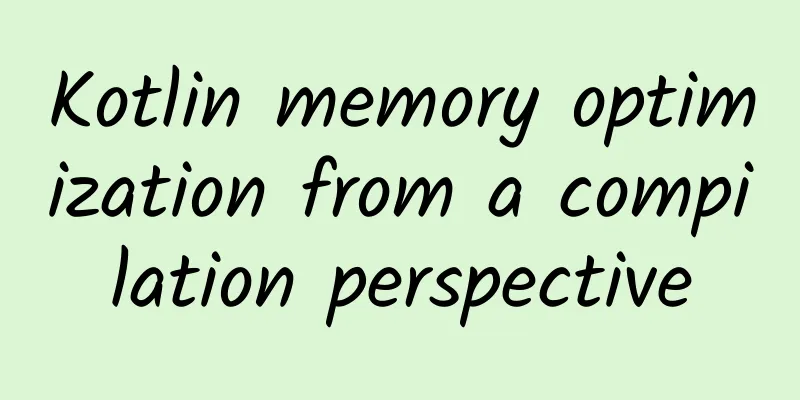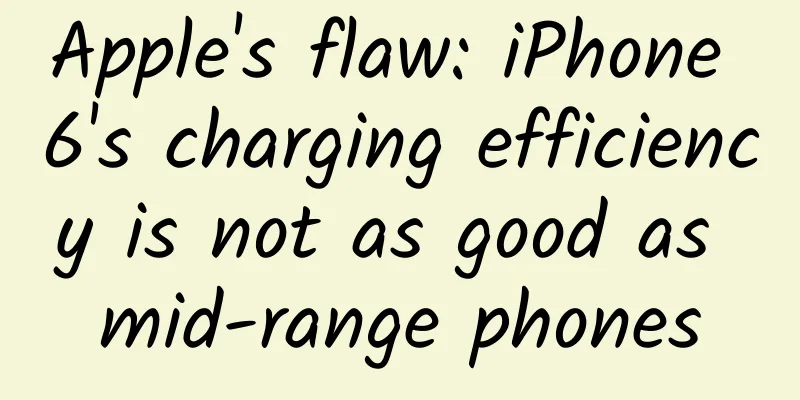Kotlin memory optimization from a compilation perspective

|
Author: Yan Yongjun, Unit: China Mobile Smart Home Operation Center Labs GuideToday we are going to talk about Kotlin, a static programming language developed by JetBrains for modern multi-platform applications. Kotlin can be compiled into Java bytecode or JavaScript, which is convenient for running on devices without JVM. In addition, Kotlin can also be compiled into binary code and run directly on the machine. At Google I/O 2017, Google announced first-class support for Kotlin on Android. Currently, Kotlin has become the preferred language for Android application development. Kotlin has many advantages over Java, such as null safety, easier-to-use Lambda expressions, support for extensions, numerous syntax sugars, etc. However, few people mention Kotlin's memory optimization for Java from a compilation perspective. Here we take a peek through decompilation. Part 01 Java inner class holds reference to outer classThere is a common perception in Java that inner classes in Java hold references to outer classes, and improper use can easily cause memory leaks. See the following example. We write the following code to verify. We first create a parent class to observe whether the subclass will call the finalize method. public class BaseActivity extends AppCompatActivity {We create a subclass, and in the subclass we create a Thread that will not terminate. public class TmpJavaActivity extends BaseActivity{Through testing, we can find that the finalize method of BaseActivity can never be called, that is, the external class TmpJavaActivity can never be recycled. We use the decompilation tool jadx to observe the decompiled smail code. From the above decompiled smail code, we can see that Java will pass the outer class object as a parameter to the inner class object. Once the inner class cannot be released, the outer class will not be released, thus causing a memory leak. Part 02 Kotlin inner classes do not necessarily hold references to outer classes We can write the same code above in Kotlin as follows: class TmpActivity : BaseActivity() {By observing the logs, we found that the external class TmpActivity can be recycled normally. Let's take a look at the smail source code. From the above smail source code, we can see that, unlike Java, inner classes in Kotlin will be compiled into a normal class. Because the actual operation of inner classes does not depend on outer classes, after compilation, the outer class will not be passed to the inner class as a parameter of the inner class constructor, that is, the inner class will not hold the application of the outer class, so it will not cause memory leaks. But what if the inner class actually needs to hold a reference to the outer class? Let's look at the following code. class TmpActivity : BaseActivity() {Observe the decompiled smail source code as follows From the above source code, we can see that when constructing an object of an inner class, a reference to the outer class is passed to the inner class, causing a memory leak. From the above two examples, we can see that in Kotlin, inner classes do not hold references to outer classes unless necessary, which reduces the possibility of memory leaks compared to Java. |
<<: Application of workflow engine in vivo marketing automation
>>: Why do you advise everyone to wait for the official version of iOS 15.6? There are four reasons
Recommend
Open the door quickly, the drone is here to deliver fresh seafood!
Nowadays, driven by the strategy of building a st...
What do these strange sounds coming from the Earth's magnetosphere mean?
The Earth's magnetic field environment is fil...
What do foreign media say about Microsoft's unification?
[[133464]] Arstechnica: Microsoft is very ambitio...
Suddenly your temper becomes bad and you suffer from insomnia? I suggest you check this part immediately
If you suddenly find yourself The weight that has...
Playing with photography HTC is pushing itself into the abyss of darkness
Is it time? Is it fate? Often, the development of...
Did a 25-year-old boy develop a hemangioma from long-term nose picking? Don’t be afraid! But you really can’t pick your nose casually
In daily life, the nose sometimes produces reacti...
A collection of top-notch front-end special effects resources#001
1. Front-end tree diagram -- zTree -- jQuery tree...
Unsolved mystery! This ancient Chinese city 4,000 years ago was built with jade walls?
On the loess ridge of Mao (mǎo) on the north bank...
"League of Holy Sword" Review: A hodgepodge of games with all kinds of flavors
With the emergence of the new fertile soil of tel...
The world’s highest wind power station is unveiled, and the “hard-core” strength of the major national project demonstrates China’s strength!
Author: Li Chuanfu Shi Xiangqi On the Qinghai-Tib...
IDC computer room rental hosting server charges
With the maturity and development of the Internet...
Chen Dezhong-21-day mindfulness training camp
Course Catalog ├──Day01 | ├──Day1 Course Concept:...
Don't ignore it! Poisonous insects are more terrible than mosquitoes. They take advantage of people's unpreparedness to launch a "killer weapon"?
At this time of year every year, Uncle Wang would...
Scientists discovered nine ultra-lithium-rich dwarfs at once based on LAMOST's medium-resolution spectrum
Author | LAMOST Operation and Development Center ...









